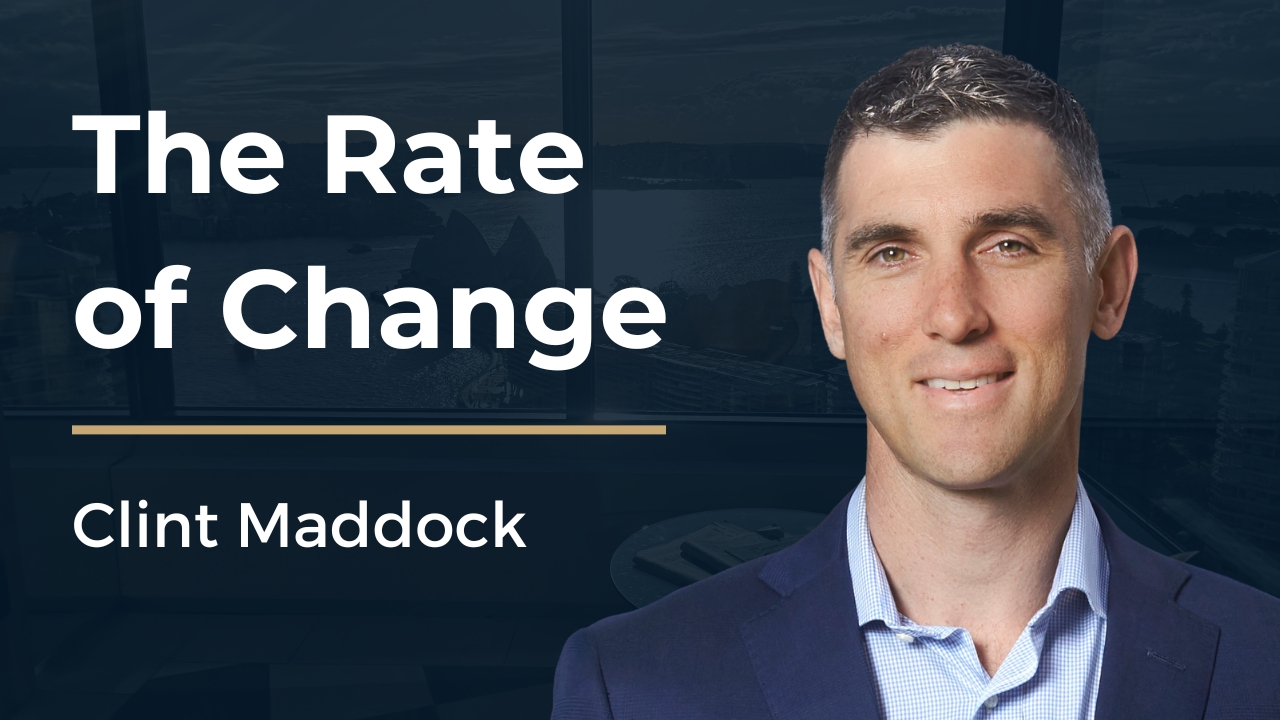Bitcoin, ethereum – income through high-yield crypto contracts | Clint Maddock

Clint Maddock, Founder and Director of Digital Asset Funds Management—or DAFM for short. DAFM operates multiple funds, including the Digital Income Class, an income-focused fund in digital assets that applies a trading strategy originally developed by a hedge fund partner for traditional fixed-income markets.
If you're familiar with digital assets like Bitcoin and Ethereum—or if you’re still trying to figure out what exactly is a digital asset?—this conversation will be interesting for you. We explore broader questions about crypto markets, like: Where is the industry headed? Has it matured beyond its early volatility? What if another Sam Bankman-Fried FTX-style collapse happens? Can investors gain exposure to crypto in a way that avoids the extreme price swings of Bitcoin? And is there a structured, regulated approach to integrating digital assets into an SMSF?
One of the interesting takeaways is how the Digital Income Class Fund, established in May 2021, has produced a three-year compound return of 48.21%, a 30.98% gain over the past year, and a 4.05% return last month. For context, since May 2021, Bitcoin has delivered an annualized return of 19.94%—but with substantial volatility, including deep drawdowns along the way. By contrast, the Digital Income Class has maintained consistent returns, with only one negative month in 44 months. It raises an interesting question: Is long-term success in digital assets purely about price appreciation, or is there merit in structured strategies that generate steady returns without relying on market direction?
Another aspect worth unpacking is the strategy itself. Originally developed to identify inefficiencies in traditional fixed-income markets—bonds, term deposits, and bank bills—it has since been adapted and refined for digital assets. One of the key reasons it continues to generate returns is due to higher borrowing costs in crypto markets. When investors borrow BTC or Ethereum using futures and forward contracts, they often pay a premium—creating yield opportunities for those on the other side of the trade.
Clint explains how this all works, the mechanics behind the strategy, and what it tells us about the broader evolution of digital asset markets.
So, before we get into the conversation, please remember this ROCast is made for entertainment purposes only. I encourage you to listen to the disclaimer at the end of this ROCast and to keep your feedback coming.
With that being said, I hope you enjoy this conversation as much as I did. So sit back, relax, and enjoy!

Follow The Rate Of Change to never miss a ROCast!
5 topics
.png)
.png)